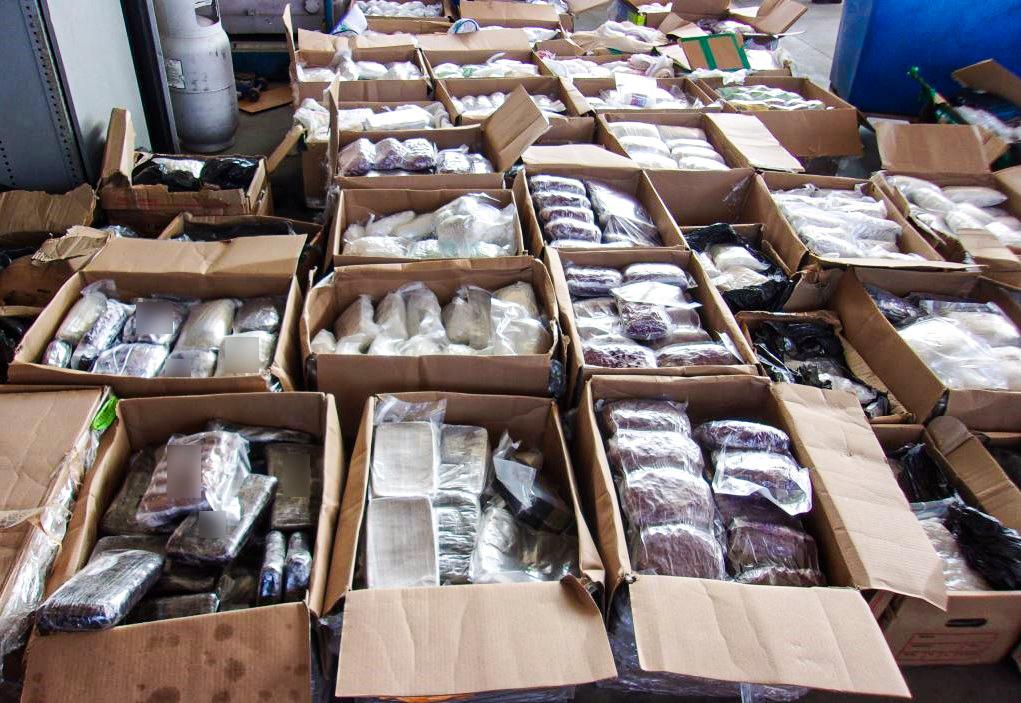The number of Americans fatally overdosing from illegally manufactured fentanyl laced with the animal tranquilizer xylazine soared between 2019 and 2022, according to data published by the Centers for Disease Control and Prevention (CDC) on June 30.
Between January 2019 and June 2022, the monthly percentage of overdose deaths from fentanyl combined with xylazine rose by 276 percent among 21 jurisdictions, which included 20 states and the District of Columbia, according to data in the CDC’s Morbidity and Mortality Weekly Report.





